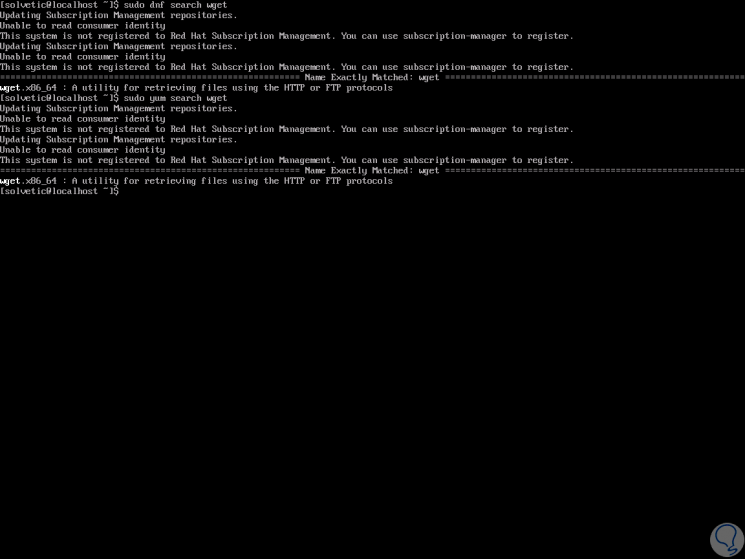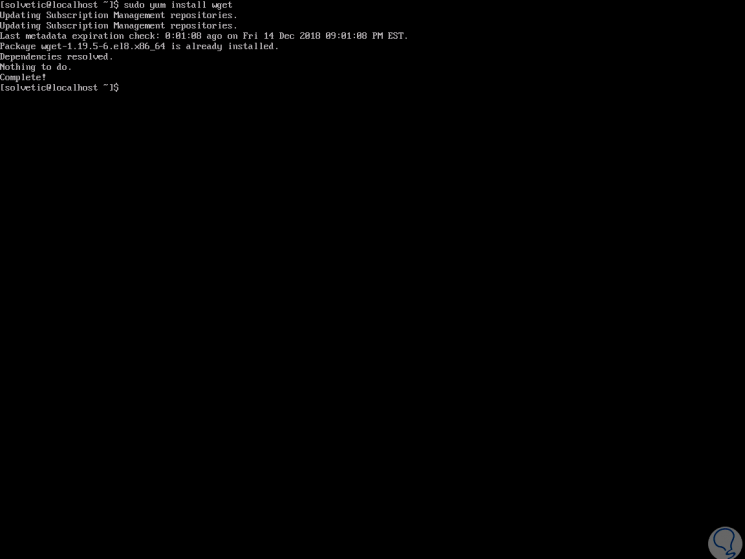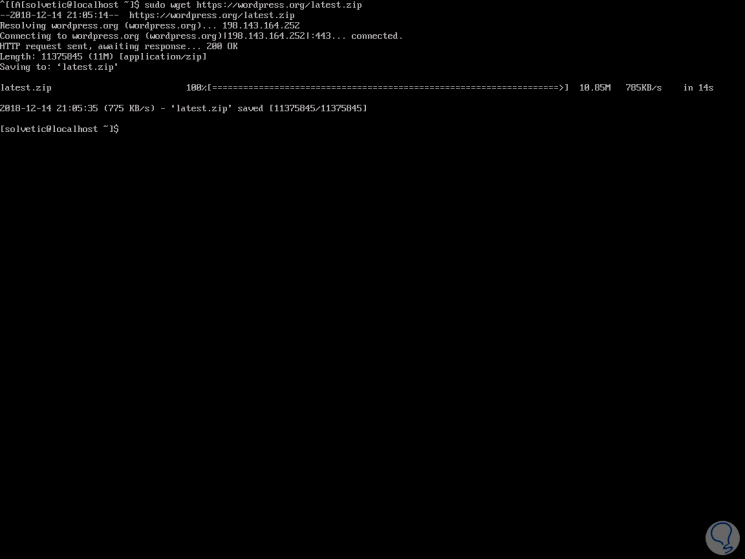Linux is one of the options preferred by developers due to the characteristics of their operating system, among which the freeness of the vast majority of their products or the great importance they give to security among other issues..
In Linux operating systems there are various options for managing the packages available both on the network and locally and one of them is the wget package.
Wget is a free software package which is used to recover files through the HTTP, HTTPS , FTP and FTPS protocols, which are the most used Internet protocols today. Wget is a non-interactive command line tool, and thanks to this feature it can be executed from scripts, cron jobs, terminals without X-Windows support and more..
Wget functions
- It can be run on most UNIX-like operating systems and also on Microsoft Windows.
- You can resume aborted downloads, using REST and RANGE.
- You can use file name wildcards and recursively reflect directories.
- You can convert the absolute links of the downloaded documents into relative ones, allowing the downloaded documents to be linked to each other locally.
- Supports persistent HTTP connections.
- It can be executed in unattended operation mode.
- It makes use of the time stamps of the local archives in order to determine if the documents should be downloaded again when duplicated.
- Wget is distributed free of charge under the GNU General Public License.
It is for this reason that with this tutorial we will explain how to install wget on Red Hat 8 step by step.
Step 1
The first step to take is to perform the search for the wget package in the Red Hat repositories, for this we can execute any of the following commands:
sudo dnf search wget
OR
sudo yum search wget

Now, once the package is detected, we proceed to its installation by executing one of the following options:
sudo dnf install wget
OR
sudo yum install wget
Note
In case the Red Hat operating system has been installed recently, we may receive a message indicating that it cannot be installed since it has not been registered, for this case we must execute the following syntax with the credentials of the Red Hat ID :
subscription-manager register --username <user> --password <password> --auto-attach

Step 2
Now, to use the wget command we have some options such as:
wget url wget https: // url / file wget http: // url wget [options] url
For example, we can download the latest version of WordPress by running:
sudo wget https://wordpress.org/latest.zip

Note
When using wget it will be possible to limit the download speed by executing the following syntax:
wget --limit-rate = 50k url
In this case we have limited the speed to 50 Kb.
It is also possible to configure the username and password when downloading files from a password protected area with the following syntax:
wget --http-user = "user" --http-password = "password" https: // url-domain /file.tar.gz
It's that simple to install wget in Red Hat 8 and have the best options when downloading resources from the Internet..